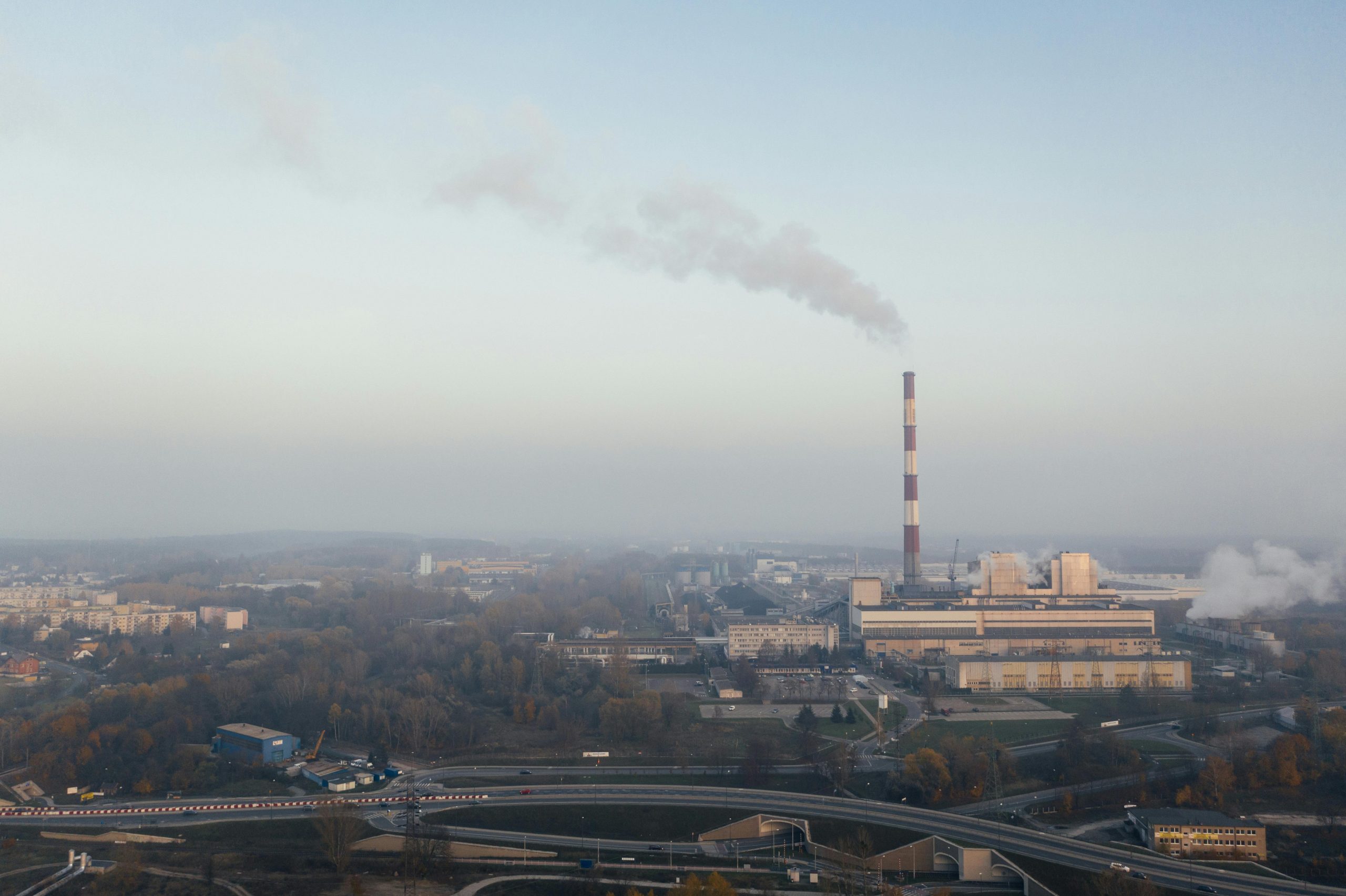My Personal Concept: The Discontinuity Hypothesis
Understanding the Discontinuity Thesis: A New Perspective on AI’s Economic Impact
As artificial intelligence continues to advance at a rapid pace, many experts and observers are pondering the profound shifts it may bring to society. Recently, I’ve developed a conceptual framework I call the Discontinuity Thesis, aiming to shed light on how AI-driven automation might fundamentally alter our economic landscape. I’d like to share this perspective and invite your thoughts on its validity.
What Is the Discontinuity Thesis?
Unlike traditional industrial revolutions that primarily automated manual labor, I believe AI represents a paradigm shift because it automates cognitive tasks—problem-solving, decision-making, and even creative processes. This creates a distinct economic dynamic: AI doesn’t just replace physical work; it challenges the very foundation of human labor in knowledge-based domains.
Key Elements of the Theory
-
Competitive Advantage and Job Displacement: When AI systems team up with humans, they tend to outperform human-only efforts, leading to job losses. I anticipate that we’re approaching a tipping point where this crossover becomes widespread and rapid.
-
Economic Sustainability and Systemic Risks: Post-World War II capitalism heavily depends on widespread employment to sustain consumer purchasing power. If AI-driven automation significantly reduces employment levels and economic activity, our current system could face destabilization or collapse unless new structures emerge quickly.
-
The Prisoner’s Dilemma of AI Development: Countries and corporations are caught in a high-stakes dilemma. Even when recognizing the risks, collective incentives prevent coordinated regulation, allowing an unchecked AI arms race—making suppression of disruptive AI a near-impossible feat.
Analogy with Computational Complexity
I’ve found it helpful to compare this scenario to computational theory, particularly the P vs NP problem. AI progress effectively renders complex problems (NP) trivial to solve, leaving humans primarily responsible for verification or validation—a task that can also be automated or simplified. The outcome resembles an elite class of experts who oversee, verify, or regulate these systems to maintain legal and ethical standards.
Questions for Reflection
Am I overlooking any critical factors? Does this framework hold up under scrutiny? I’ve discussed these ideas with colleagues and AI-focused communities, and while there’s general agreement on certain points, I am eager for broader feedback.
For a deeper dive into this theory, you can explore my full exposition here: https://discontinuitythesis.com/
**Your insights and critiques are














Post Comment